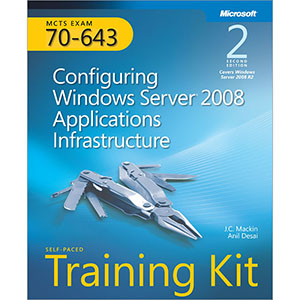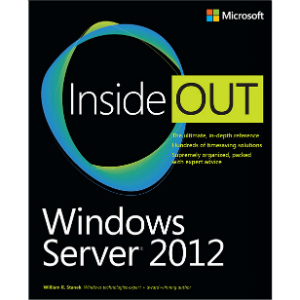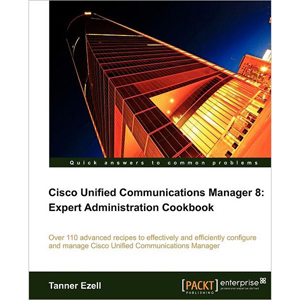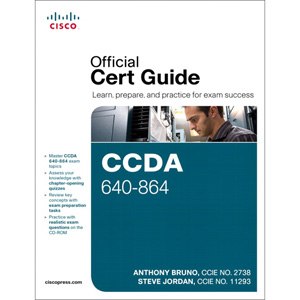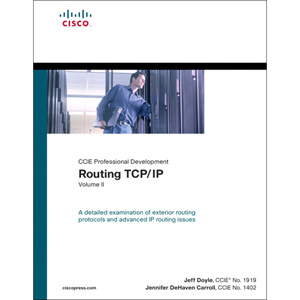Cisco Unified Customer Voice Portal
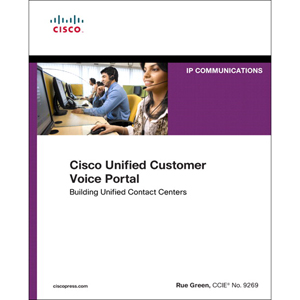
The definitive guide to deploying Cisco Unified Customer Voice Portal IVRs in any contact center environment
Thousands of companies are replacing legacy ACD/TDM-based contact centers with pure IP-based unified contact center solutions. One of these solutions is quickly earning market leadership: Cisco Unified Customer Voice Portal (CVP). Now, one of the leading Cisco CVP experts brings together everything network and telephony professionals need to successfully implement production Interactive Voice Response (IVR) solutions with CVP: architectural guidelines, deployment best practices, detailed insights for design and sizing, and more.
CCIE Rue Green guides you through designing unified contact centers with CVP, and deploying proven infrastructures to support your designs. The author first explains CVP’s architecture, outlining its key advantages and opportunities for integration and illuminating the design challenges it presents. Next, he guides you through addressing each of these challenges, covering all CVP components and tools and offering detailed insights available in no other book.
Using this book’s detailed working configurations and examples, you can minimize configuration errors, reduce downtime, strengthen monitoring, and drive maximum value from any CVP-based unified call center solution.
Rue Green, CCIE No. 9269 (Routing & Switching and Voice), CISSP, MCSE, MCITP is a Technical Leader for the Customer Collaboration Service Line within Cisco Advanced Services, where he focuses on unified contact center architectures and deployment methodologies. He currently acts in a delivery architect role for Unified CVP, Unified ICM, and Cisco Unified Communications Manager for Unified Contact Center Solutions. He has spent the last 21 years working within different roles related to the architecture, design, and implementation of large voice and data networks, including several years working with complex contact center solutions.
- Discover CVP’s powerful capabilities and advantages
- Understand how CVP’s components fit together into a unified architecture
- Utilize CVP native components: Call Server, VXML Server, Reporting Server, Operations Console Server, and Cisco Unified Call Studio
- Integrate non-native components such as IOS devices, Unified ICM, UCM, content load balancers, and third-party servers
- Choose the right deployment model for your organization
- Implement detailed call flows for Standalone, Call Director, Comprehensive, and VRU-only deployment models
- Design Unified CVP for high availability
- Efficiently deliver media via streaming, caching, and other techniques
- Address crucial sizing, QoS, network latency, and security considerations
- Successfully upgrade from older versions or H.323 platforms
- Isolate and troubleshoot faults in native and non-native CVP components
- Design virtualized Unified CVP deployments using UCS
This IP communications book is part of the Cisco Press® Networking Technology Series. IP communications titles from Cisco Press help networking professionals understand voice and IP telephony technologies, plan and design converged networks, and implement network solutions for increased productivity.
Book Details
- Paperback: 600 pages
- Publisher: Cisco Press (December 2011)
- Language: English
- ISBN-10: 1587142902
- ISBN-13: 978-1587142901
